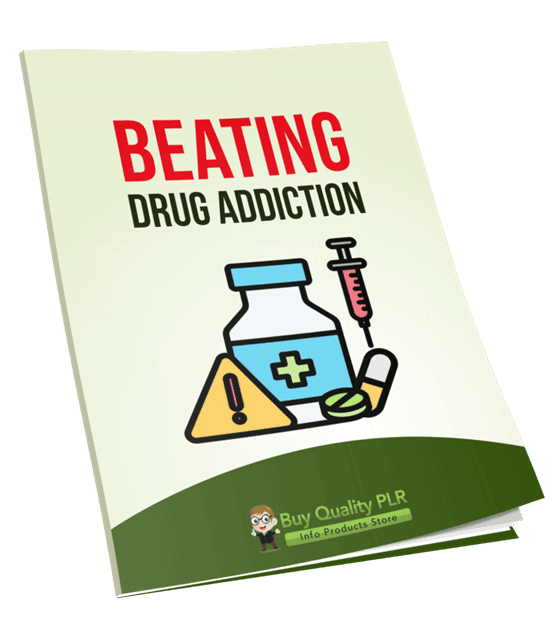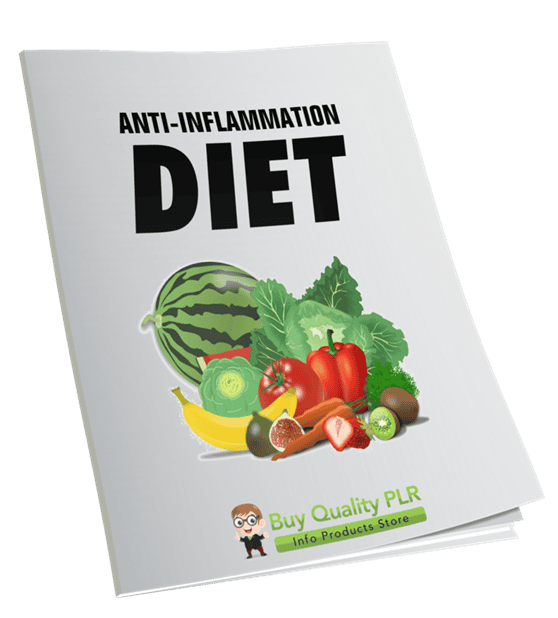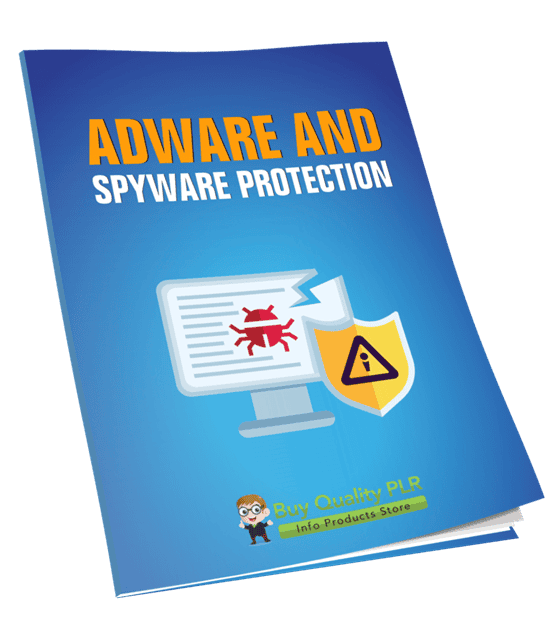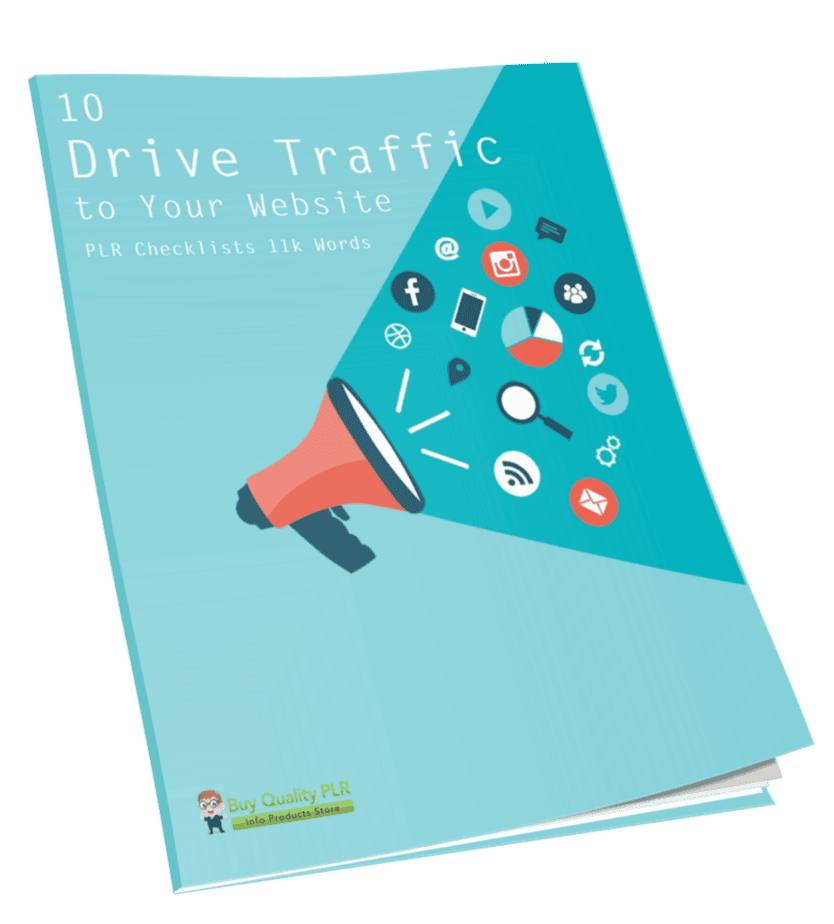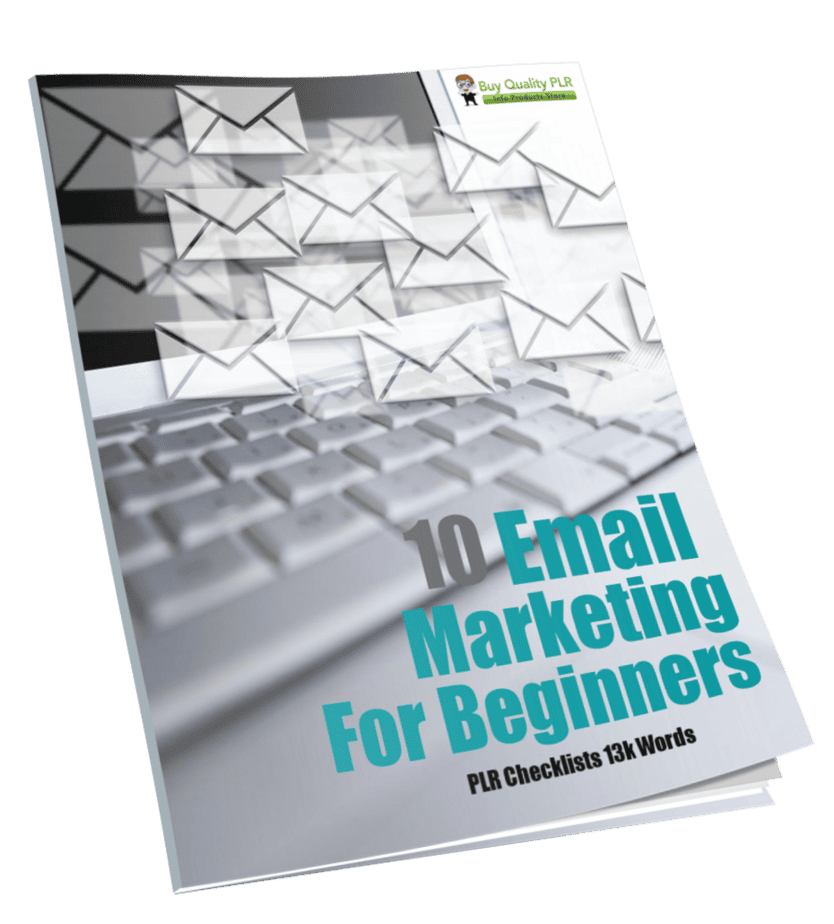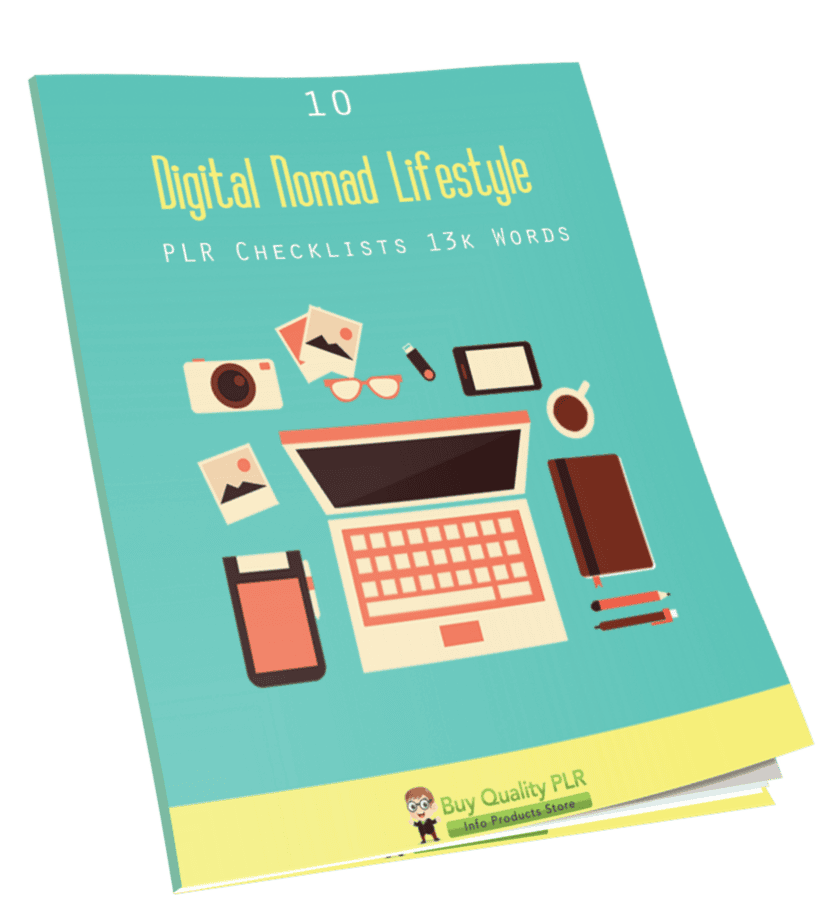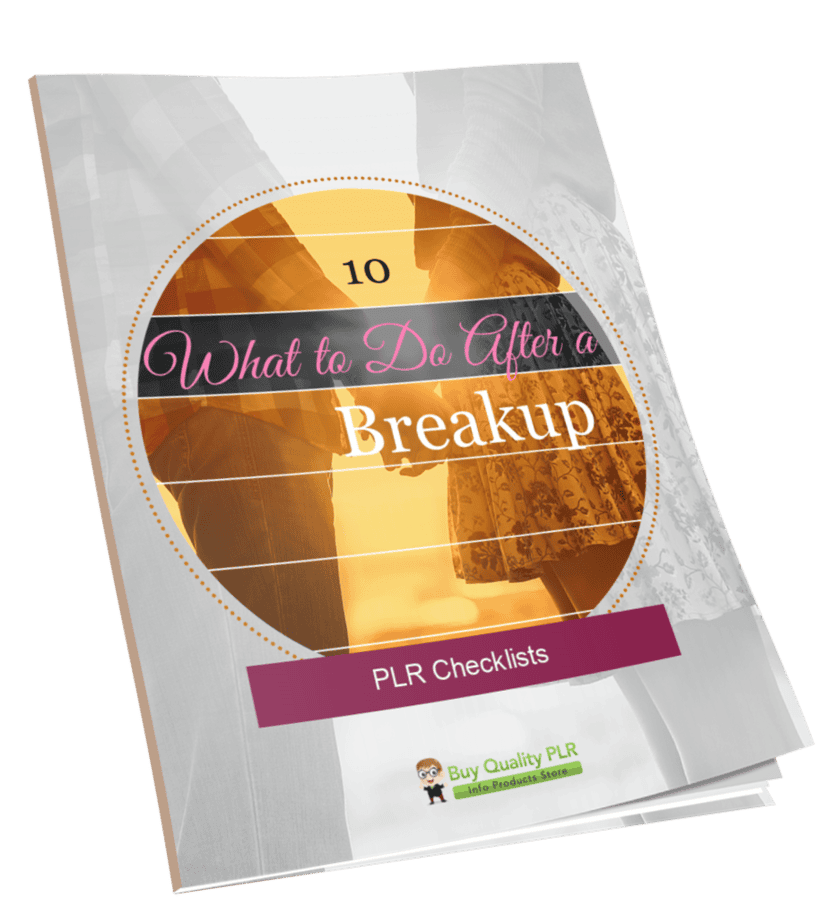
SEO Keyword Research for Promoting PLR Content
in Content Marketing, Internet Marketing, Online Home Business, PLR Content, PLR Marketing Tools, Private Label Rights, SEO, Using PLR#seokeywordresearch #seo #seoplr #keywordresearch #marketing #advertising #websiteranking #marketingstrategies #plrcontent #promotingyourproducts #onlinebusiness #searchengineoptimization #seotips #seoguide
Rank Higher: SEO Keyword Research Strategies for Promoting Your PLR Content!

In the ever-evolving landscape of digital marketing, understanding SEO keyword research is essential for promoting Private Label Rights (PLR) content effectively. By mastering the art of keyword research, marketers can enhance the visibility of their PLR articles, attract targeted traffic, and ultimately boost their online business. This article delves into the intricacies of keyword research for PLR content and offers valuable insights into optimizing and promoting it through effective SEO techniques.
What is PLR, and How Does It Relate to SEO Keyword Research?
Understanding Private Label Rights (PLR)
Private Label Rights (PLR) refer to a type of licensing that allows individuals to acquire the rights to publish and modify content as their own. Often, one can customize articles, ebooks, and other digital products to cater to a specific niche. PLR products offer marketers a distinctive chance to generate a diverse range of content without having to start from the beginning. However, to maximize the value of these PLR articles, it is essential to align them with effective SEO practices. By integrating keyword research into the PLR content creation process, marketers can enhance its visibility in search engine results, thereby attracting more visitors and potential customers.
The Importance of SEO in PLR Articles
Search Engine Optimization (SEO) is essential when it comes to promoting PLR articles and ensuring they gain the visibility they deserve. The primary function of SEO is to enhance a website’s ranking in search engine results, which, in turn, influences how much organic traffic the site receives. In a world where there is an overwhelming amount of content online, effectively optimizing PLR articles ensures they stand out and attract the right audience. Here’s why SEO is crucial for PLR content:
1. Improved Search Engine Rankings
SEO strategies are designed to improve the ranking of your content in search engine results. By implementing the right keywords, meta tags, and quality content, your PLR articles can appear at the top of search engine results for relevant keywords. This is particularly important because higher rankings lead to more clicks and more traffic. By ensuring that PLR content is optimized for SEO, you make sure your article gets the attention it deserves.
2. Increased Visibility
Even the best-written PLR articles can be overlooked if not properly optimized for search engines. Effective SEO increases the visibility of these articles, making it more likely they will appear in the top search results when users search for related topics. Optimizing PLR content for search engines allows it to reach a wider audience, including those who may not be aware of your website but are looking for the type of content you offer.
3. Higher Targeted Traffic
SEO doesn’t just bring in traffic—it brings the right kind of traffic. By targeting specific keywords related to your PLR content, you ensure that people who are interested in those topics will find your articles. For example, if you are using PLR articles on digital marketing, optimizing for keywords like “best digital marketing strategies” or “SEO tips for beginners” ensures that your content reaches an audience actively looking for that information. The more targeted your traffic, the more likely it is that visitors will engage with your content, sign up for newsletters, or even make a purchase.
4. Better User Experience
SEO isn’t just about keywords; it’s also about providing a better experience for your readers. Optimizing PLR content for SEO often includes improving readability, making sure the content is accessible, and ensuring that the website loads quickly. A well-optimized article with clear headings, subheadings, and a logical flow of information makes it easier for users to read and understand. This enhances user experience and can increase the likelihood of visitors returning to your site.
5. Longevity and Sustainability of Traffic
Unlike paid advertising that stops once the budget runs out, SEO offers a long-term solution for attracting traffic. Once your PLR content ranks well on search engines, it can continue to bring in traffic without ongoing costs. Good SEO practices will help maintain high rankings and consistent traffic flow, ensuring that the PLR articles continue to provide value over time.
6. Maximizing the Value of PLR Content
One of the greatest benefits of PLR content is the ability to repurpose and customize it to suit your audience. However, if that content is not optimized for search engines, you’re not fully maximizing its potential. By implementing SEO best practices in your PLR articles, you can ensure they reach a wider audience, get more engagement, and continue to be a valuable resource long after they are first published.
7. Competitive Advantage
The online content market is competitive, with millions of articles published every day. By optimizing your PLR articles for SEO, you set yourself apart from others using the same content. If you’re the only one ranking at the top for relevant keywords, you are more likely to attract clicks and drive traffic compared to others who haven’t implemented SEO strategies. SEO is an important tool for gaining that competitive edge.
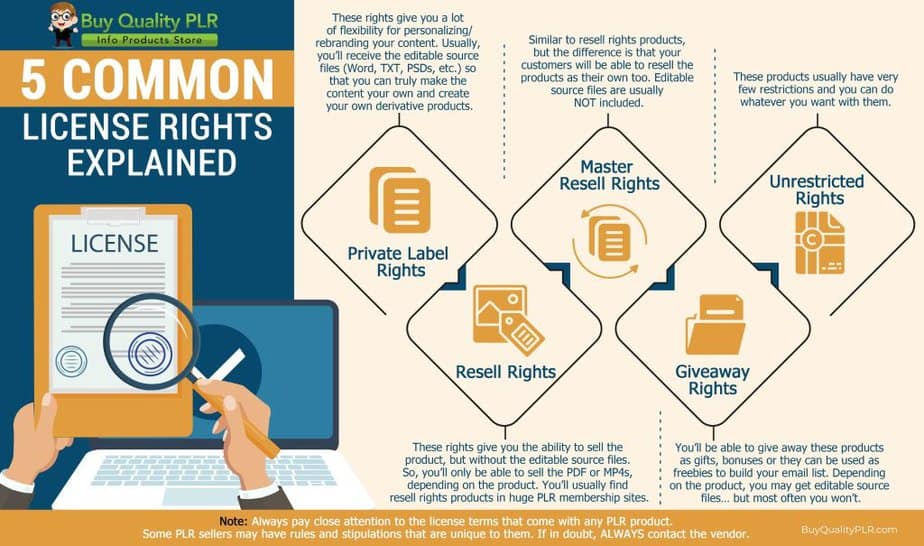
Key SEO Strategies for PLR Articles
To get the most out of your PLR content, you need to implement several SEO strategies that will help it rank higher and attract more visitors:
Keyword Optimization: Research and integrate the right keywords throughout your PLR articles. Use keywords that your target audience is searching for and make sure to place them in strategic areas such as titles, headings, and throughout the body of the text.
Meta Tags and Descriptions: A good meta description and title tag can greatly improve the click-through rate of your PLR content. Ensure that each article has a compelling, concise meta description that includes relevant keywords.
Internal and External Linking: Use internal links to guide readers to other related content on your site, which helps improve navigation and SEO. External links to authoritative sources also add credibility and can improve your rankings.
Content Quality: While optimizing for SEO, never compromise the quality of your content. Ensure that your PLR articles are informative, well-written, and provide real value to your readers.
Mobile Optimization: With more people accessing content via mobile devices, ensuring that your PLR articles are mobile-friendly is crucial for both SEO and user experience.
Image Optimization: Include relevant images in your PLR articles and optimize them for faster loading times by using appropriate file sizes and including descriptive alt text.
How PLR Products Can Benefit Your Keyword Strategy
PLR (Private Label Rights) products offer valuable opportunities for optimizing and enhancing your keyword strategy. By leveraging PLR content, you can create highly relevant articles, blog posts, or resources that are strategically aligned with your target keywords. Here’s how PLR products can benefit your keyword strategy:
1. Time-Saving Content Creation
Creating content from scratch takes a significant amount of time, especially when it comes to keyword research and optimization. PLR products eliminate much of this effort by providing a pre-written foundation. This allows you to focus on adding your insights, keywords, and personalized touches while ensuring the content is optimized for your target search terms. Essentially, you can spend less time on content creation and more time on the strategies that matter most, like refining your SEO efforts and driving traffic.
2. Targeting Profitable Keywords
One of the most significant advantages of using PLR content is the ability to target high-value keywords that are relevant to your audience. Conducting thorough keyword research can help you identify profitable keywords for your niche. Once you’ve found these keywords, you can customize PLR content to ensure that it’s optimized to target them effectively. By incorporating these keywords into your PLR articles or blog posts, you can boost your chances of ranking for those terms and attract more organic traffic.
3. Boosting On-Page SEO
SEO is vital for ensuring that your content gets discovered. On-page SEO elements such as titles, headers, meta descriptions, and keyword density are all critical for search engine optimization, particularly in the category of content marketing. PLR content, when appropriately customized, provides you with a head start in terms of structure. You can easily optimize the PLR articles for your targeted keywords, ensuring that they are properly placed in the title tags, meta descriptions, and body content.
By optimizing these aspects, your PLR articles can help improve your search engine rankings for the keywords you want to target. This is an easy and efficient way to leverage existing content without having to rewrite everything from scratch.
4. Diversifying Content Types
When planning a keyword strategy, it’s crucial to cover a broad range of content types. PLR products are diverse and can include articles, blog posts, eBooks, reports, checklists, and videos, among others. By repurposing and adapting these various PLR products, you can target various keywords across different content types. For example, you might use PLR blog posts to rank for short-tail keywords, eBooks for long-tail keywords, or videos for highly competitive terms.
Diversifying your content helps you reach a wider audience by targeting both broad and niche keywords. This variety will also keep your content fresh and engaging for your audience while helping you rank for multiple related keywords.
5. Filling Gaps in Your Content Strategy
Using PLR content allows you to cover a broader range of topics in your content strategy, filling any gaps that you may have missed in your keyword research. Whether you’re focusing on specific subtopics or covering content that’s highly relevant but underexplored, PLR content can help you address these needs quickly.
For example, if your keyword strategy focuses on several core themes within your niche, but you’re missing content in a specific aspect, you can quickly source PLR content to fill that gap. This ensures your keyword strategy is more comprehensive, capturing a wider variety of search queries.
6. Maintaining Consistency in Content Production
One of the challenges many marketers face is maintaining a consistent content output. PLR content helps you stay consistent by providing a steady stream of articles and other content formats that can be tailored to your keyword strategy. By consistently publishing optimized PLR content, you signal to search engines that your website is active and frequently updated, which can improve your rankings over time.
Additionally, a regular content production schedule increases the chances of ranking for your target keywords, improving your site’s domain authority and overall SEO performance.
7. Improved User Experience with Relevant Content
A keyword strategy is not only about targeting keywords; it’s about meeting your audience’s needs. By using PLR content that aligns with your audience’s interests and your keyword research, you ensure that the content is highly relevant and valuable. Relevant content improves the user experience, which indirectly influences your SEO efforts.
For instance, if your keyword strategy focuses on solving specific problems your audience faces (e.g., “how to fix a slow website” or “how to improve SEO”), PLR content that addresses these problems directly will keep visitors engaged and encourage them to spend more time on your site. This can result in lower bounce rates and higher conversions, both of which are positive signals to search engines.
8. Building Authority Through Comprehensive Coverage
When you provide comprehensive and in-depth coverage on the relevant topics to your keywords, you establish your website as an authority in your niche. PLR content allows you to expand on topics, cover a wide range of angles, and provide a wealth of information quickly. This content can also be repurposed into guides, FAQ sections, and in-depth articles, giving you the opportunity to create authoritative, long-form content that ranks well for competitive keywords.
By consistently offering valuable, well-optimized content, you increase your chances of becoming a trusted source in your industry, which can ultimately improve your website’s authority and SEO performance.
How to Perform Keyword Research for PLR Articles
Using Google for Effective Keyword Research
When it comes to keyword research, Google is an invaluable tool for uncovering the search phrases that your target audience is actively searching for. You can strategically tailor your PLR content to meet your potential customers’ needs and align with their keywords by understanding what they are searching for. Here’s how you can leverage Google to effectively conduct keyword research:
1. Google Search Bar Auto-Suggest
The Google Search Bar’s auto-suggest. This feature is one of the easiest ways to find trending keywords that can drive traffic to your site. When you type in a word or phrase related to your niche, Google will automatically display a list of popular search queries that begin with the same letters. These suggestions reflect real-time user searches, providing you with immediate access to high-traffic keywords.
For example, if you’re in the fitness niche, typing “how to lose weight” into the search bar may trigger suggestions such as:
“How to lose weight fast”
“How to lose weight without exercise”
“How to lose weight in a week”
These auto-suggestions offer you a clear insight into the types of content your audience is looking for, which can guide the creation of your PLR content. Integrating these keywords into your PLR articles will help you create content that aligns with what people are actively searching for, increasing its chances of ranking in search engines.
2. Google “People Also Ask” Section
Another valuable feature provided by Google is the “People also ask” section that appears beneath search results. This section showcases additional questions related to your search query, offering insight into what else users are curious about. By analyzing the questions listed here, you can uncover valuable long-tail keywords and subtopics to address within your PLR content.
For example, if you search for “how to improve SEO,” the “People also ask” section might include:
“What are the most effective SEO strategies?”
“How can I increase my website’s ranking?”
“What is the best SEO technique in 2023?”
These questions reveal keyword ideas and help you understand the specific information your audience is seeking. By incorporating these questions into your PLR articles, you can better serve the needs of your audience and position your content as the solution to their queries.
3. Google Related Searches
At the bottom of Google’s search results page, you will often find a section labeled “Related searches.“ These are additional search terms related to your original query that Google thinks are relevant. By paying attention to these related searches, you can uncover further keyword opportunities that might not have been immediately obvious in your initial search.
For instance, after searching for “social media marketing,” the “Related searches” might include:
“Social media marketing strategy”
“How to use Instagram for business”
“Social media advertising tips”
These related searches provide an additional layer of insight into the interests and needs of your target audience. By using these terms to guide your content creation, you can expand your PLR offerings to include a wider variety of topics that are highly relevant and in-demand.
4. Google Trends
Google Trends is another powerful tool for keyword research. It allows you to explore how specific search terms are trending over time. By comparing the popularity of different keywords, you can identify seasonal trends and shifts in user interest, which is especially useful for adapting your PLR content to meet current market demands.
For example, if you’re in the technology niche and researching keywords like “AI,” Google Trends might show that interest is peaking in 2023 due to advancements in artificial intelligence. This insight enables you to produce PLR content that reflects current consumer interests and fits into the category of trending topics.
5. Search Intent and Content Structure
Understanding search intent is a key part of keyword research. Google’s algorithms are designed to match search queries with relevant content based on the user’s intent. This means that when people search for something, they are often looking for specific types of content, whether it’s informational, transactional, or navigational.
When using Google to identify keywords, take time to consider the search intent behind each keyword. For example:
Informational intent: “What is SEO?”
Transactional intent: “Buy SEO course”
Navigational intent: “SEO course website”
By analyzing the search intent behind keywords, you can tailor your PLR content to match the needs of your audience and improve your mastery of SEO. For example, an informational article on “What is SEO?” would focus on educating the reader, while a transactional keyword might be better suited for a product-focused landing page.
6. Incorporating Keywords into PLR Content
Once you have identified the best keywords using Google, the next step is to integrate them into your PLR content in a natural, user-friendly way. Start by editing the PLR articles to include the targeted keywords in critical places such as the title, headers, body copy, meta description, and image alt text. This on-page SEO strategy helps your content rank higher in search results for those keywords.
However, it’s important to avoid keyword stuffing. Instead, aim for a natural flow that provides value to the reader while also ensuring that the content is optimized for search engines. Use your keywords in a way that enhances the readability of your content and gives the audience the information they are seeking.
Tools and Software for Keyword Research PLR
Numerous research tools and software are available to streamline the keyword research process for PLR content. Google Keyword Planner is one of the best free tools for identifying high-ranking keywords and analyzing their search volume and competition. Other popular keyword research tools, such as SEMrush, Ahrefs, and Ubersuggest, provide in-depth analysis and insights that can help marketers identify the right keywords for their PLR articles. By leveraging these tools, marketers can develop a comprehensive keyword strategy that aligns with their content goals and audience needs.
Identifying High Ranking Keywords for Your Niche
Identifying high-ranking keywords is crucial for the success of your PLR articles. Start by performing competitive analysis to see what keywords similar websites or articles rank for. Look for gaps in the content of competitors and consider targeting long-tail keywords that may have lower competition but higher conversion potential. By focusing on less competitive keywords, you can improve your chances of ranking higher in search engine results and attracting targeted traffic. Additionally, incorporating a mix of high-volume and niche-specific keywords can help diversify your content strategy and reach a broader audience.
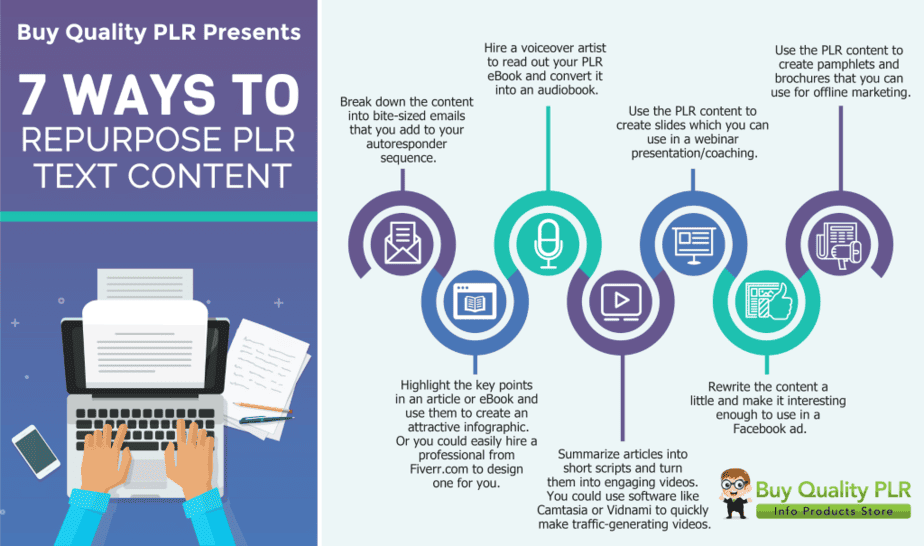
The Best Practices for Optimizing PLR Content with SEO
Strategies for SEO Optimization of PLR Articles
Optimizing your PLR articles for SEO is crucial to ensure they rank well on search engines and attract relevant traffic. Below are several effective strategies to optimize your PLR content and make it SEO-friendly:
1. Optimize for Relevant Keywords
The first step in SEO optimization is selecting and incorporating relevant keywords. Start by conducting keyword research to identify the terms that your target audience is searching for. Your PLR articles should naturally integrate these keywords to enhance their relevance. Aim to incorporate your target keywords into key places such as:
Title tags and meta descriptions are crucial for search engine rankings and click-through rates.
Use Headings (H1, H2, and H3) to break the content into digestible sections and improve readability.
The introduction and conclusion paragraphs should emphasize the core topic.
Body text, ensuring that keywords appear naturally without keyword stuffing.
2. Structure Content for Readability
Search engines value content that is easy to read and well-organized. When optimizing PLR articles, structure the content in a way that both your readers and search engines can easily follow. Use:
Clear headings and subheadings: This breaks the content into digestible sections, making it easier for both users and search engines to navigate.
Bullet points or numbered lists: These help highlight important information and improve the user experience.
Short paragraphs: Long blocks of text can be overwhelming for readers, so keep paragraphs short and concise to improve readability.
Internal and external links: Linking to other relevant pages on your site or high-quality external sources can boost the authority and relevance of your content.
3. Include Engaging Meta Descriptions
Meta descriptions are one of the first things searchers see when your page appears in the search results. Craft compelling and informative meta descriptions that include your target keywords and provide a clear idea of what the article offers. Although meta descriptions do not directly impact rankings, a well-written one can improve your click-through rate (CTR) and drive more traffic to your page.
Example: “Learn how to optimize your website with marketing strategies for PLR articles. This guide will teach you keyword research, content structure, and optimization tips.”
4. Use Alt Text for Images
Images can significantly enhance the visual appeal of your PLR content, but they also need to be optimized for SEO. Please ensure that each image in your article includes descriptive alt text. Alt text helps search engines understand the content of the image, which is especially important for ranking in Google Image Search. Additionally, descriptive alt text can improve accessibility for users with disabilities.
For example:
Alt text: “PLR article optimization guide with keyword integration”
Alt text: “SEO-friendly PLR content structure with headings and subheadings”
5. Incorporate Internal and External Links
Internal links connect your PLR article to other pages on your website, helping visitors explore more content and improving user experience. When you source external links from high-ranking Amazon listings, they can significantly boost the credibility of your content. Please ensure the links you include provide value to the user and assist them in exploring the topic further.
For instance, link to:
Relevant blog posts or services on your own site.
Authoritative external sources such as government websites, industry leaders, or academic research.
6. Update and Refresh Your PLR Content
Google favors fresh content, so regularly updating your PLR articles with new information or relevant trends can improve their SEO performance. You can:
Add the latest statistics, case studies, or research findings.
Update links to include more current or authoritative sources, such as those found on Amazon, to enhance your content’s credibility.
Rewrite sections to reflect new developments in the industry or changes in best practices.
This practice boosts your SEO and keeps your content relevant to readers, encouraging them to return for more.
7. Optimize for Mobile
With a significant portion of traffic coming from mobile devices, ensuring your PLR articles are mobile-friendly is essential for SEO. A responsive design ensures that your articles load properly on all devices, which can positively impact your rankings. Additionally, Google’s mobile-first indexing means that mobile optimization is a critical ranking factor.
8. Avoid Duplicate Content
One of the primary concerns when using PLR content is avoiding duplicate content. Search engines like Google may penalize websites that publish duplicate content, so make sure to rewrite or repurpose the PLR articles before posting them. This can include:
Adding your insights, opinions, and examples.
Changing the structure of the article to make it unique.
Combining several PLR articles to create a more comprehensive, original piece.
9. Focus on User Experience (UX)
Google prioritizes websites that offer excellent user experiences. Focus on making your PLR content user-friendly by ensuring fast loading speeds, easy navigation, and an intuitive layout. Additionally, consider adding multimedia elements such as videos, infographics, or podcasts to enhance engagement.
10. Utilize Structured Data (Schema Markup)
Implementing structured data, also known as schema markup, helps search engines understand the context of your content better. This can increase your chances of getting rich snippets (the additional information that appears in search results) and enhance visibility. For example, if you’re providing a step-by-step guide, schema markup can help search engines identify it as a tutorial.

Keyword Placement and Density in PLR Content
When optimizing PLR content for SEO, keyword placement and density are crucial factors that influence how easy it is for people to find your content and how well your content ranks on search engines. Below are some best practices for effectively using keywords in your PLR content to achieve a balance between SEO and user engagement:
1. Strategic Keyword Placement
Keyword placement is all about positioning your targeted keywords in key sections of your PLR article. This not only helps search engines understand the relevance of your content but also ensures that your article is easy to read for your audience. Here are some strategic places to include your keywords:
Title: Your keyword should appear in the article’s title, preferably close to the beginning. A compelling and keyword-rich title will help your article rank better and grab the attention of potential readers.
Headings: Use the keyword in at least one or two headings (H1, H2, or H3). This will help structure your article for both SEO and readability, making it easier for readers to skim through the content and for search engines to understand the main topics of the article.
Introduction: Introduce your main keyword early in the first 100 words of your article. This sets the tone for what the content will cover and ensures that the search engine knows what the page is about from the start.
Conclusion: Reinforce the keyword in your closing paragraph to reinforce the focus of the article and maintain keyword relevance throughout the content for better mastery of SEO techniques.
Body Text: Naturally sprinkle keywords throughout the body of your article, but avoid overuse. Focus on adding value to the content by ensuring the keywords are placed contextually, supporting the overall message of the article.
2. Keyword Density
Keyword density refers to how often a keyword appears in your article compared to the total number of words. While there’s no strict rule on the exact percentage, it’s essential to maintain a keyword density of 1-2%. This ensures that your article has enough keyword optimization to rank well without it becoming overwhelming or unnatural for readers.
Avoid Keyword Stuffing: Overusing keywords can lead to keyword stuffing, which negatively impacts both the reader’s experience and your SEO ranking. Google and other search engines penalize content that is too repetitive or forced, as it often provides little value to the reader.
Use Synonyms and Variations: Instead of repeating the same keyword multiple times, try using synonyms or related phrases. This makes the content more readable and allows you to rank for related terms, helping your content reach a broader audience.
Concentrate on LSI (Latent Semantic Indexing) Keywords: These are semantically related terms to your primary keyword. Including them in your content helps improve keyword relevance and can boost SEO rankings without overloading the content with the same exact phrase. For example, if your primary keyword is “cardiovascular disease,” related LSI keywords might include “heart disease,” “blood pressure,” and “cholesterol levels.”
3. Write for the User First
While it’s important to optimize your PLR content for search engines, the ultimate goal is to create content that engages your audience. Your keyword usage should never hinder the flow of the article or reduce its readability. Always prioritize providing valuable, informative, and well-structured content.
4. Use Long-Tail Keywords for Better Targeting
Long-tail keywords are longer, more specific keyword phrases that tend to have lower competition and higher conversion potential, making them invaluable for resell strategies. These are especially effective for PLR content because they allow you to narrow down your focus and target a more niche audience. For example, instead of just using “cardiovascular disease,” consider using “prevention of cardiovascular disease through diet” or “cardiovascular disease risk factors.”
Long-tail keywords help you:
Rank for less competitive terms.
Attract a more targeted audience who is looking for specific information.
Increase the likelihood of conversion since long-tail keywords typically align with user intent more closely.
5. Optimize for User Experience
While keyword placement and density are important for SEO, always remember to prioritize user experience. High-quality content should flow naturally, and the use of keywords should enhance the value of the article, not hinder it. Overstuffed or awkwardly inserted keywords can make the content feel mechanical and inauthentic, leading to a poor experience for your readers.
6. Ensure Proper Use of Internal and External Links
In addition to keyword optimization, internal and external links help boost the SEO of your PLR content. Here’s how to use them:
Internal Links: Link to other relevant articles or pages on your website to increase engagement and reduce bounce rates. This helps search engines understand the structure of your site and enhances content visibility.
External Links: Linking to authoritative sources adds credibility to your content and signals to search engines that your article is well-researched and trustworthy.
7. Monitor Keyword Performance
Once your PLR content is live, track its performance to understand how well the keyword strategy is working. Tools like Google Analytics, Google Search Console, or SEMrush can help you monitor traffic, keyword rankings, and user engagement. If necessary, make adjustments to improve your ranking and visibility.
Creating Unique Value from PLR Articles
While PLR content offers a shortcut to content creation, it is vital to add unique value to the articles to stand out in a competitive landscape and effectively resell your work. This can be achieved by personalizing the content, adding your insights, and incorporating your brand’s voice. Additionally, enhancing PLR articles with custom graphics, statistics, or real-life examples can enrich the content and make it more appealing to readers. By transforming PLR articles into unique assets that offer valuable information, you can differentiate your content from others and improve your chances of ranking higher in search results.
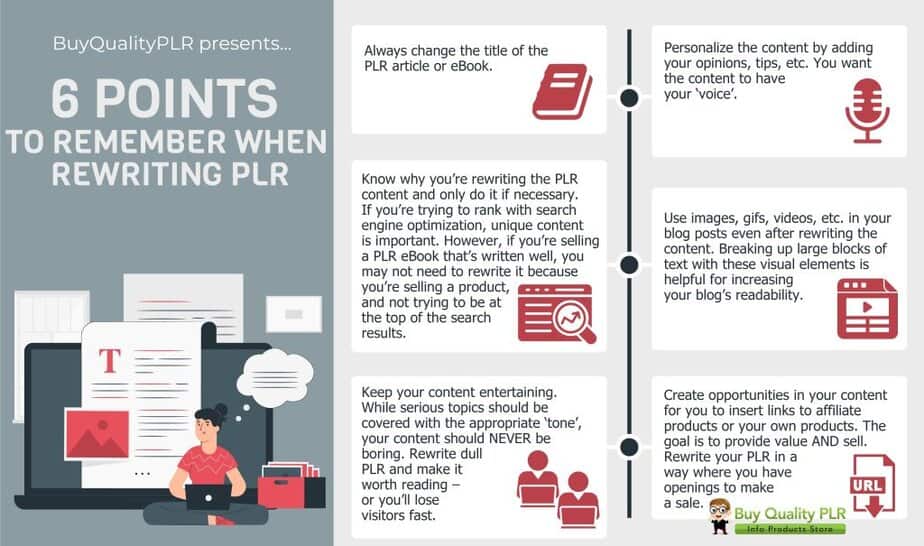
How Can You Promote PLR Content Using SEO Techniques
Leveraging SEO Keywords for Driving Traffic
Utilizing SEO keywords effectively can significantly drive traffic to your PLR content. By embedding targeted keywords throughout your articles, you can attract visitors searching for those specific terms. Additionally, optimizing meta tags, descriptions, and alt text for images with relevant keywords can improve your articles’ visibility in search results. Engaging in social media marketing and sharing your PLR articles on various platforms can further amplify your reach and drive more traffic to your website.
Utilizing Free PLR Resources for Marketing
Free PLR resources can serve as excellent marketing tools when used strategically. Many websites offer free PLR content that can be accessed and modified to fit your marketing goals. By leveraging these resources, marketers can create valuable content without incurring additional costs. However, it is crucial to ensure that the chosen PLR articles are relevant to your niche and of high quality. Properly optimizing and personalizing free PLR content can enhance its effectiveness in attracting visitors and generating leads for your online business.
Building a Content Marketing Strategy with SEO Keyword Research for Promoting PLR Content
Incorporating PLR content into a broader content marketing strategy can yield significant benefits. By planning a content calendar that includes a mix of original and PLR articles, marketers can maintain a consistent publishing schedule that engages their audience. This strategy allows for the promotion of various topics and themes, catering to different customer segments within a niche. Additionally, using PLR content for email marketing campaigns, social media posts, and blog content can improve overall engagement and drive traffic back to your website.
Tools That Can Help You Rank Your PLR Articles on the First Page of Google
Top SEO Tools for Analyzing PLR Keywords
To ensure that your PLR articles rank high in search engine results, utilizing top SEO tools for analyzing keywords is essential. Tools like SEMrush and Ahrefs provide comprehensive insights into keyword performance, competition, and potential traffic. These tools can help identify the strongest keywords to target in your PLR articles, ensuring that you are optimizing content effectively. Regularly analyzing keyword data can inform your content strategy, enabling you to make data-driven decisions that enhance your SEO efforts and ultimately get any traffic.
Software for Tracking PLR SEO Keyword Research for Promoting PLR Content
Tracking the performance of your PLR articles is crucial for understanding their effectiveness in driving traffic and engagement. Various software options, such as Google Analytics and Moz, allow marketers to monitor key metrics, such as page views, bounce rates, and average time spent on pages. By evaluating these metrics, you can determine which PLR articles resonate most with your audience and adjust your content strategy accordingly to get any traffic. Monitoring performance over time also helps identify trends and opportunities for further optimization.
Best Free Tools for SEO Keyword Research for Promoting PLR Content
Several of the best free tools are available for conducting keyword research and optimizing PLR content. Google Keyword Planner remains one of the most popular options for identifying keywords and analyzing their search volume. Other free tools like AnswerThePublic and Keyword Surfer can provide additional insights into user queries and keyword performance. By utilizing these resources, marketers can create a more informed and effective keyword strategy, ensuring that their PLR articles are optimized for maximum visibility and engagement.
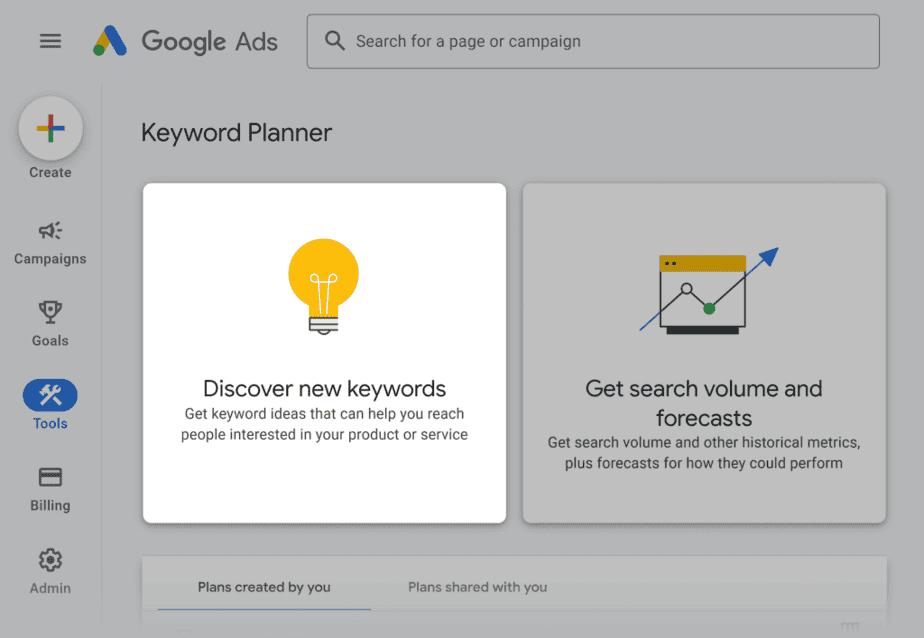
SEO Keyword Research for Promoting PLR Content Frequently Asked Questions
Q: What is the importance of finding the right keywords for SEO PLR articles?
A: Finding the right keywords is crucial for SEO PLR articles, as it helps improve search engine rankings, drives traffic, and enhances the visibility of your content. It ensures that your articles are relevant to what users are searching for.
Q: How can I download SEO PLR content effectively?
A: To download SEO PLR content effectively, you should create an account on a reputable PLR website, browse through available content, and select articles that fit your niche. Once you find suitable content, you can download it directly from the site.
Q: What are some tips for customizing SEO PLR articles?
A: Customization tips for SEO PLR articles include adding personal insights, changing headlines, incorporating relevant keywords, and adjusting the writing style to match your brand voice. This enhances the credibility and uniqueness of the content.
Q: Can I use SEO PLR content for affiliate marketing?
A: Yes, you can use SEO PLR content for affiliate marketing by incorporating affiliate links within the articles. This allows you to monetize the content while providing valuable information to your audience.
Q: What are the basics of SEO and user engagement in SEO Keyword Research for Promoting PLR Content?
The basics of SEO and user engagement involve optimizing your content for search engines while ensuring it is engaging and valuable for readers in the category of digital marketing. This includes using appropriate keywords, writing clear and informative content, and encouraging interaction through comments or social media shares.
Q: How do I automate the process of SEO Keyword Research for Promoting PLR Content?
A: You can automate the process of finding search terms by using keyword research tools like Google Keyword Planner or SEMrush. These tools help identify popular search terms related to your niche, allowing you to create targeted SEO PLR articles.
Q: Why is it essential to build credibility when using SEO Keyword Research for Promoting PLR Content?
Building credibility is essential when using SEO PLR content because it helps establish trust with your audience and can lead to increased resell opportunities. Readers are more likely to engage with and return to content they find reliable and valuable.
Q: How can I promote my SEO Keyword Research for Promoting PLR Content platforms like Quora?
A: To promote your SEO PLR articles on Quora, you can answer relevant questions and provide links to your articles as sources of further information. Ensure your responses are helpful and insightful in order to gain visibility and drive traffic to your content.
Q: What strategies can beginners use for SEO Keyword Research for Promoting PLR Content?
A: Beginners can start their SEO keyword research by brainstorming relevant topics, using keyword tools to find popular search terms, analyzing competitors’ content, and focusing on long-tail keywords that have less competition but targeted traffic.



